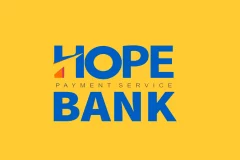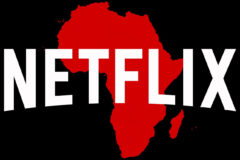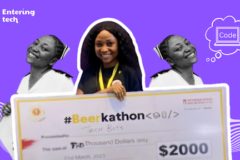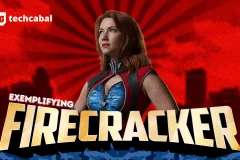
12 || July || 2023
View in BrowserBrought to you by

Issue #35
How [not]to use AI
Greetings ET people 🖖🏾
Today, we’re revisiting a topic we’ve already explored here on Entering Tech: artificial intelligence. As we all know, AI is creeping into every nook and cranny of various industries, and with this kind of viral spread, it’s easy for people to misuse these tools. One thing that’s worth mentioning is that AI is meant to support, not replace human effort.
Meanwhile, if you watched our Entering Tech Shorts, please leave us a review and let us know what you think.
by Pamela Tetteh and Timi Odueso.

Tech trivia
This week’s trivia is inspired by Apple’s new $3,500 AR goggles.
- How many AI organisations do we have in Africa?
A refresher on AI
We’ve spoken about artificial intelligence a few times on #EnteringTech🚀.
In Edition #28, we explored five AI careers you can look into, and in Edition #31, we also talked about how AI can help you apply for new jobs.
One thing we left out in those editions though is how to use AI judiciously, and how not to use AI.
See, here’s the thing. Like crocs, amapiano, or any other good thing in life, everyone’s getting into AI. Hell, ChatGPT crossed over 100 million users earlier this year and the website is visited 1.8 billion times per month. This doesn’t include the millions of other AI tools that are growing in popularity by the day.
The problem with this is that as AI’s popularity has grown, so has its misuse. Yes, AI can do (almost) everything, but not everything should be done with AI. For example, if you’re applying for a job as a writer, you probably want to actually write your application yourself, just to show that you can do the job, no?
Take, for example, the job advert Buffer put up two months ago for a content writer. The team received about 1,500 applications—and several applicants were rejected as they had applied using AI. More recently, the GRAMMYs also banned the submission of AI-generated songs for award consideration—using AI to generate tunes is fine, but creating a whole song with AI is not.
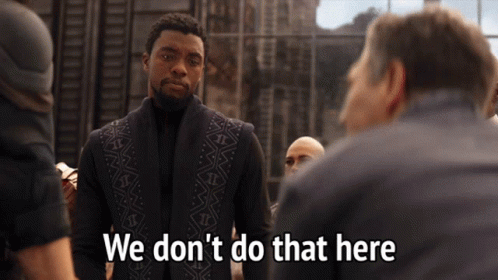
We could go into a whole debate on the ethics behind these decisions, but the key point is that people should not be rewarded for things or ideas they do not wholly create. This rings especially true for creatives whose works deal with brainstorming ideas and bringing them to life with words, colour and sound. Can you call yourself a technical writer if AI is doing all the work? 🤔
A few weeks ago, in a panel discussion I hosted about the future of AI in Africa, an attendee asked, “Can I use AI to write my book?” and the unanimous answer from guests and other attendees was no. “It’s not your book then,” one person responded. “You didn’t write it.”
Sure, there are now jobs like Prompt Engineer—whose role it is to create the perfect prompts for AI tools—but even this role needs some brainpower.

How to use AI
How then should AI be used? After reading Tamilore’s post on how the Buffer team uses AI, we’ve outlined the ways creatives can use AI and still maintain authenticity and originality—like how Keke Palmer is using all the publicity she’s getting.
A. Generate ideas: Yup, if there’s anything ChatGPT, Duet AI, or Bard will do well for creatives, it’s generating ideas. Finding it difficult to come up with a marketing plan? Ask AI what you can do to promote that event, product or service. Brainstorming—like any storm—can be rough, but AI can make it easier for you. Even journalists can use it to consider what story angles they can work with on trending topics.
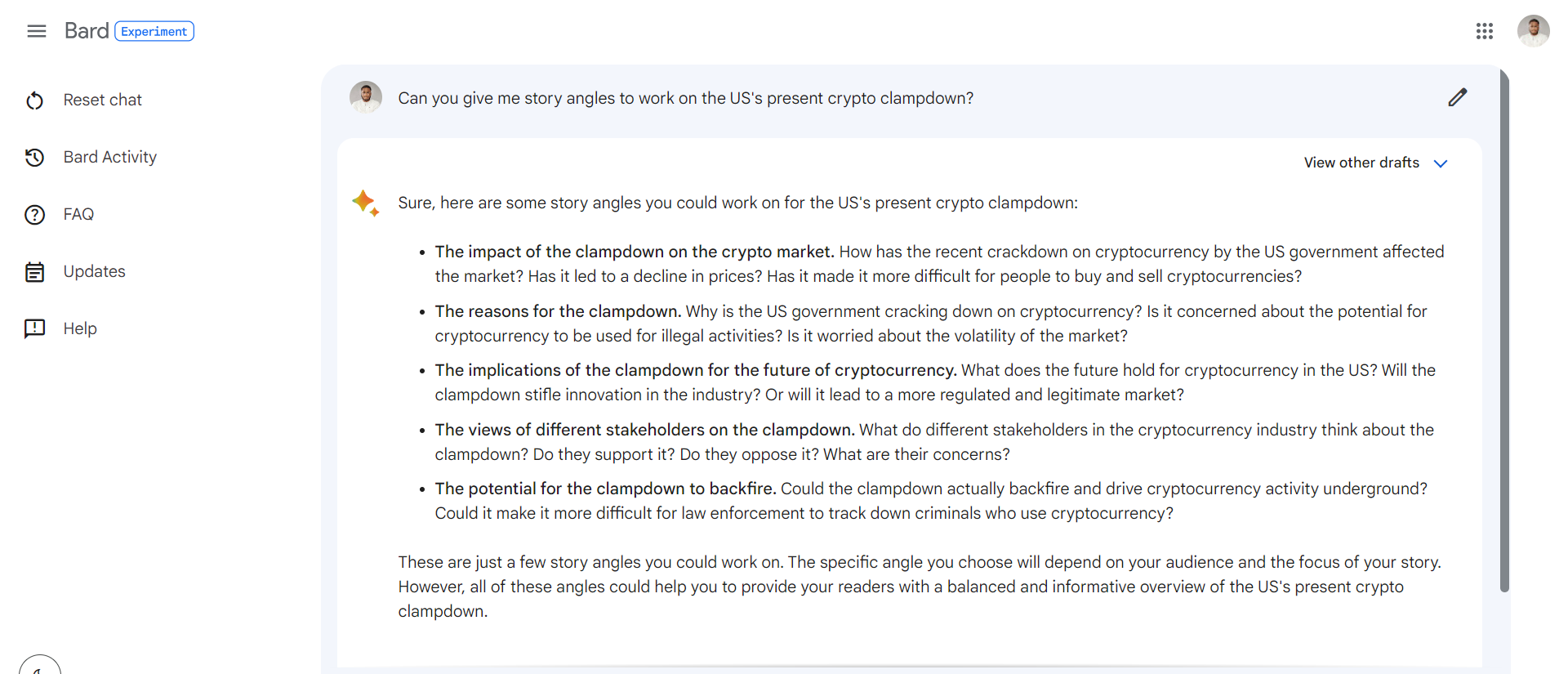
B. Create outlines and templates: Unlike Taylor Swift, we can write our exes names on blank pages, our jobs require words that actually make sense—and money. Blank pages are the archenemy of the creative. Whether you’re a technical writer, a designer or even a product manager, everything starts with a blank page—like a president’s criminal record when it’s time for re-election 👍🏿. And we typically spend so much time trying to figure out the perfect opener, so much time afraid of these blank pages that we procrastinate on our tasks. AI can help. Ask for an outline on specific projects and it’ll help you out. The outline for this edition of #EnteringTech was created with AI!

C. Complete administrative tasks: SEveryone knows that 50% of the job these days is responding to emails—and half the time, you forget the attachments too. The good news is that if you’re on Google Workspace—Docs, Sheets, Gmail etc—you’ll soon be able to cut down the time you use composing emails and doing other admin tasks. Google is building generative tools that will help you compose responses to emails from any meetings you’ve held, create presentations from scratch and even build workflows and apps. If you’re not on Google, there are already a couple of AI tools you can use for these tasks, and yes, Chat GPT and Bard can be used as well.
D. Edit and proofread stuff: You probably already use AI for this and you just didn’t realise. If you’ve got Grammarly, Quillbot, or any extension that suggests corrections to your work, then you’re already using AI. AI can help you make sure you’re not spelling “committee” as “comittee” or like many troubled persons, using “would” instead of “will”. If you’re a social media marketer, AI can also help you create copy for different social media. Share an article with Bard and ask it to create a 250-character copy summarising the article!
E. Add a little bit of colour: My colleague Abraham Augustine who writes The Next Wave started something exciting in Q2—that’s office speak for April to June. He used Midjourney to create simple feature images for his newsletter editions. Now while we do have a design team—hi Osaz, Tunta and Barbara 👋🏾—they’re almost always buried in a pile of requests and what Abraham did was to use AI to bring colour and intrigue to his newsletter. You can do the same, especially if you can’t afford a design team or if yours, like ours, is overwhelmed. Dall-E, Midjourney, Adobe and even Canva all have AI image generators at really great prices!
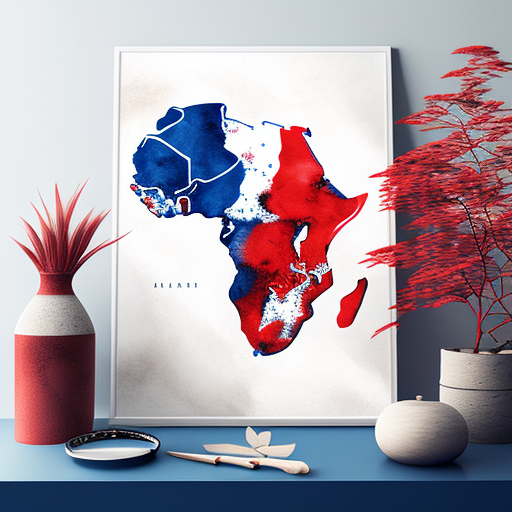
Like Tamilore’s post says, AI assists, it doesn’t replace. They are support tools, and creatives can use that support—heavens know we won’t get it anywhere else 😭.
What do you think? I’d love to hear your thoughts on how creatives should use or not use AI. You can respond to this email or say hi to me at @timiodueso on Twitter and Threads.
The Entering Tech Shorts
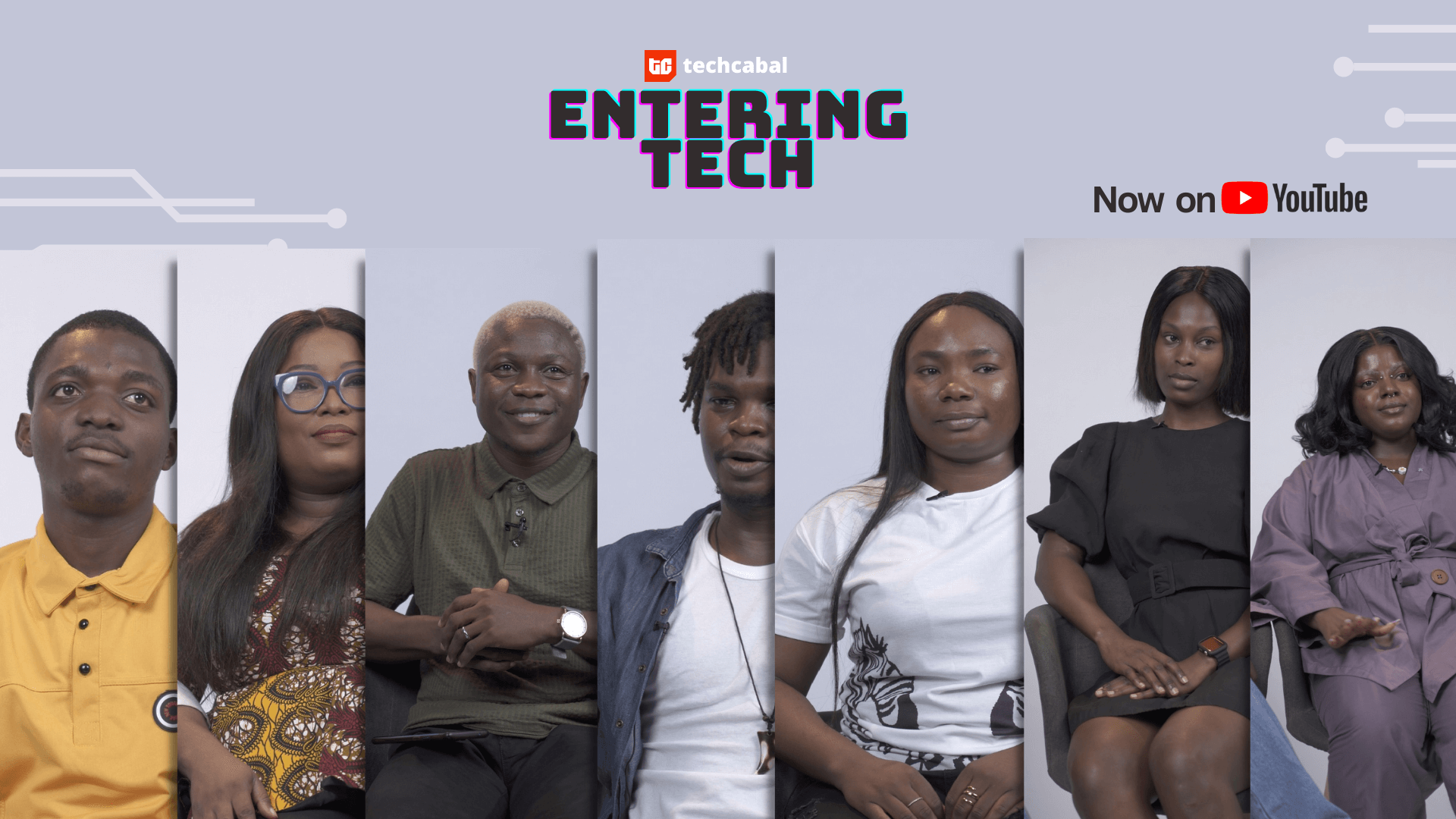
In ourEntering Tech video series, we speak to the experts about starting a career in tech, answering important questions and giving you insight into this complex world.

Ask a techie
Q. What should students write on CVs for scholarship application; what are we to include?
This is a super useful question. One of the things all students should do to try to build their skills and experience is volunteer. You don’t have to intern at Google or a MAANG company to build critical skills for your CV. But you should see which organisations—student-led or otherwise—in your school you can join and build experience with.
There are organisations like AIESEC in Nigeria, or Enactus, or even clubs and state organisations across all schools. Some companies like Boomplay and MTN also have student ambassadorship programmes: Volunteer at these places and join their workshops.
Most scholarship applications review a student’s passions and interest in community building. You need to prove that you’re not just going to classes, but you’re also trying to help out in places that don’t necessarily have the ability to pay you in cash.
We’ve got a back-log of questions t respond to so please be pateint with us as we try to respond to all critical questions.

Here’s where to find your first tech job
If you’re interested in kicking off your career in tech, here’s a list of job boards that regularly upload their platform with African tech jobs.

Tech trivia answers
There are approximately 2,400 AI-focused organisations in Africa and over 41% of them are startups.

Opportunities
- The AAAS Kavli Science Journalism Awards 2023 ($5,000 prize) is now open to applications from reporters doing work for independent news organisations around the world, with articles readily accessible to the public by subscription, newsstand sales or online access, with the submitted work available in English are eligible to Apply by August 1.
- If you are a young (no older than 24 years of age) and emerging photographer looking to embark on a career in the world of photojournalism, the Ian Parry Photojournalism Grant 2023 (up to £10,000) is open for applications. Apply by August 31.
- Applications are open for the L’Oreal-UNESCO Young Talents for Women in Science Program – Maghreb 2023. Awarded doctoral and post-doctoral candidates will each receive an endowment of €10,000. Apply by July 30.
- If you are an aspiring economist entering your first year of undergraduate studies in the 2024 academic year, the South African Reserve Bank’s (SARB) Economic Research Department in collaboration with the SARB Academy, invites you to apply for competitive SARB bursaries in the field of economics, economics and econometrics, economics and mathematical statistics and economic science. Apply by September 30.

Jobs
- Duplo – Senior Frontend Engineer – Lagos, Nigeria (Remote)
- Newmark Group – Digital Marketing Assistant – Nairobi, Kenya (unspecified)
- Parvana – Tech Lead – Cape Town, South Africa (Remote)
- Hi-Tech Recruitment – Junior Node.JS Developer – South Africa (Remote)
- Safaricom PLC – Backend Developer – Kenya (Hybrid)
- Kyosk.app – Software Engineering Manager – Kampala Uganda (0n-site)
- getWorth– Full Stack Developer – South Africa (On-site)
- Luupli– Human Resources Assistant – Ghana (Unspecified)
- Raenest – Technical support Specialist – Lagos, Nigeria (Remote)
- Raenest – Senior Product Manager – Lagos, Nigeria (Remote)
There are more jobs on TechCabal’s job board.
Disclaimer: TechCabal is not affiliated with or associated with jobs and opportunities listed on all its job boards and newsletters. All applicants bear the responsibility of researching about the roles and companies they apply to.

No longer want to receive these emails? Unsubscribe here

















